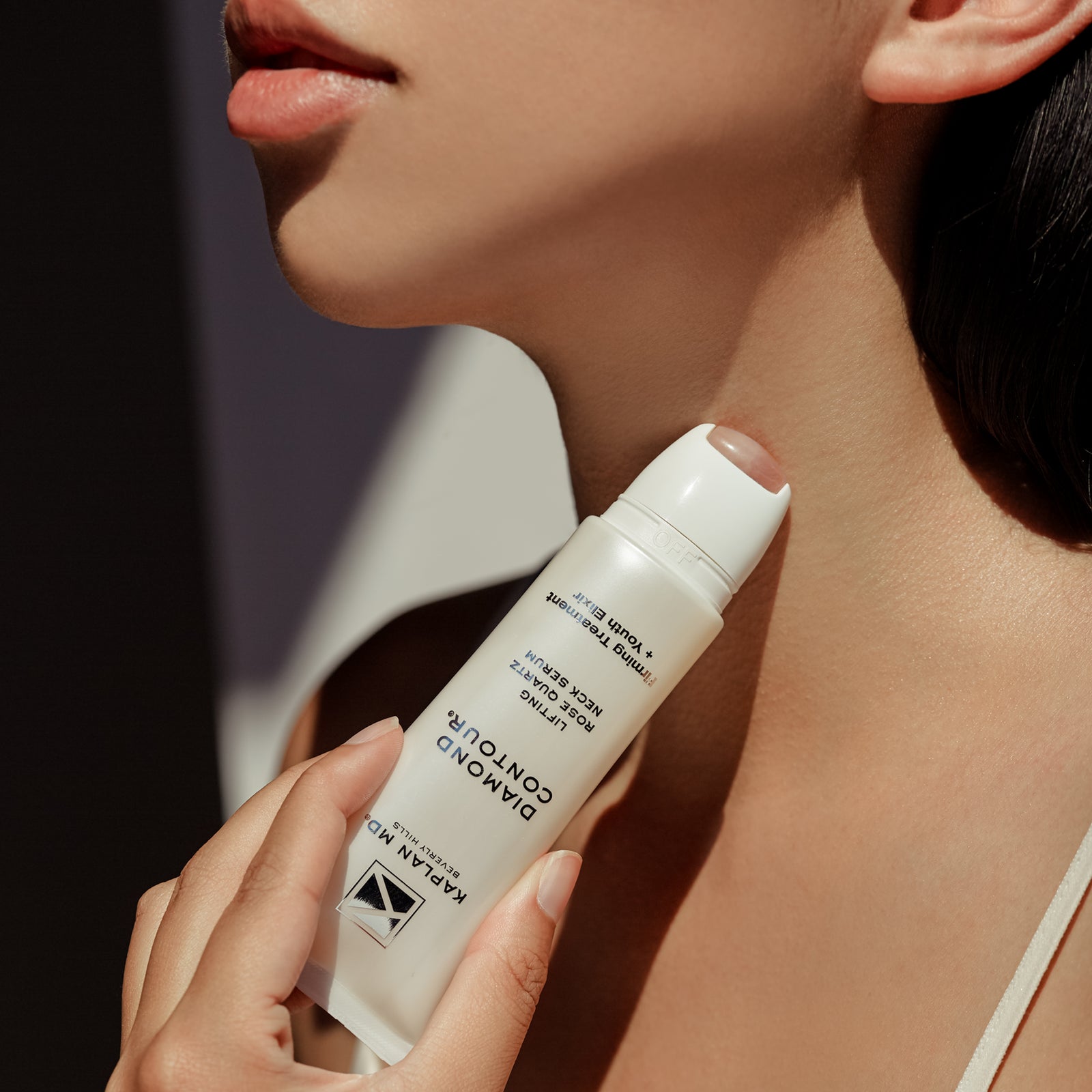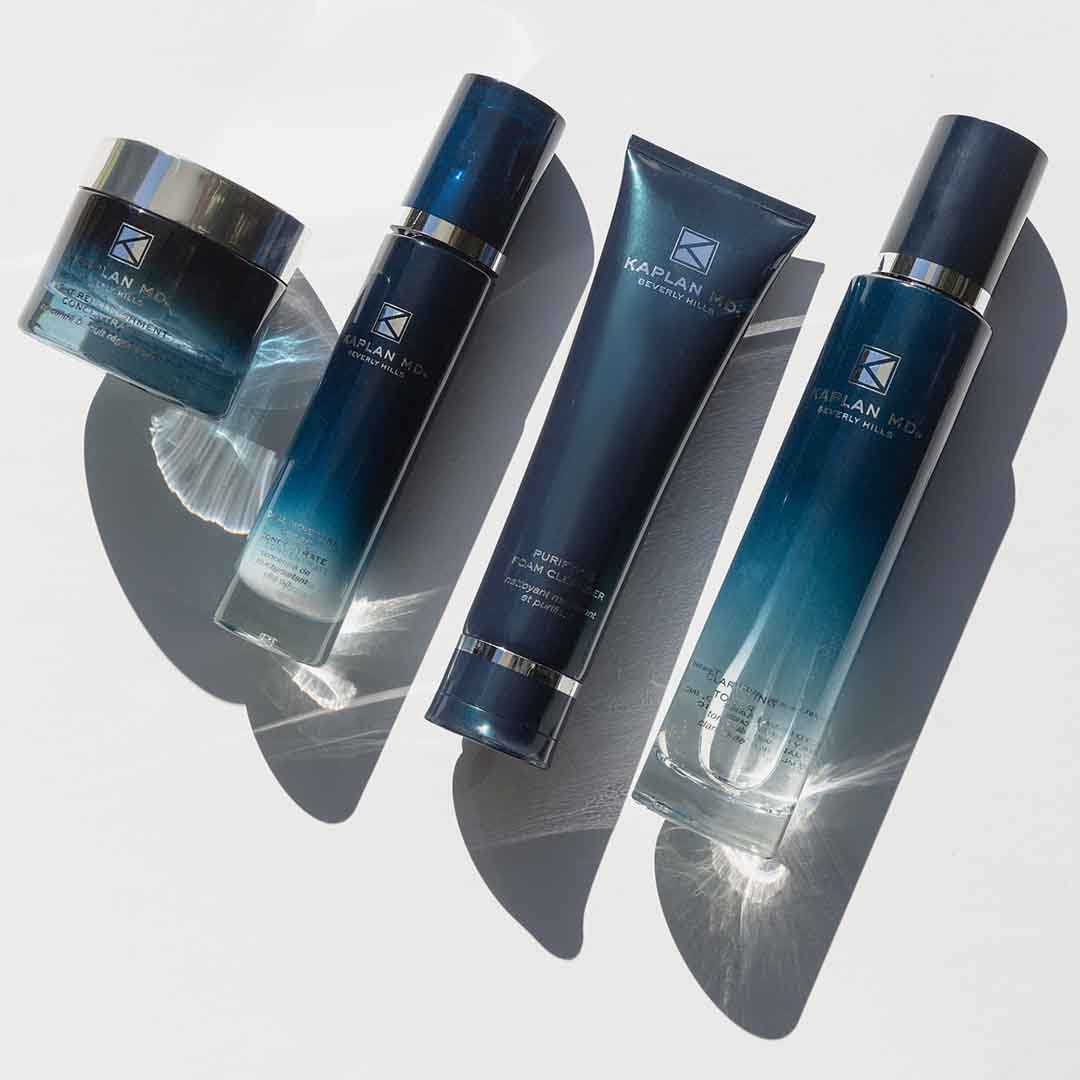Dr. Kaplan – Scars
SCARS
Scars are marks on the skin that result from the normal healing wounds caused by accidents, disease, or surgeries. The more damage that occurs to the skin and the longer it takes to heal, the greater the chance of having a scar.
WHAT DOES A SCAR LOOK AND FEEL LIKE
Typically a scar may appear red and somewhat thick at first. Then it slowly fades to light pink or white. New scars may be tender, itchy, or painful, which usually goes away with time. Scars can be raised or depressed (below the skin surface) and darker or lighter than the surrounding skin. It may take many months for a scar to fade.
WHY DOES MY SCAR LOOK THE WAY IT DOES?
The appearance of your scar can be affected by your age, sex, race, health, and lifestyle. Other factors include the type of injury and the severity, infections and the location of the wound on the body. Wounds on the chest of in spots where the skin pulls in many directions, such as on your knees, then to result in thicker, more visible scars.Sometimes too much inflammation during healing may lead to hypertrophic scars or keloids. Hypertrophic scars are large, raised scars that form from excess scar tissue. Keloids are tough, irregularly shaped raised scars that grow larger than the size of the initial wound. Keloids are more common in people with darker skin types.
HOW CAN I MAKE MY SCAR LESS NOTICEABLE?
Scars cannot be fully erased. No treatment can bring your skin to its normal condition before the injury. However, it can improve the look of the scar by changing the size, depth, or color.An important first step in the treatment of scars is to tell the dermatologist what bothers you most about the scar. He will examine the scar and decide the best type of treatment.
Most scars can be treated at the dermatologist’s office. Only sever scars, such as burns over large part of the body, may need surgeries that require general anesthesia or a hospital stay.
TREATMENTS FOR SCARS
The type of treatment depends on the scar. The following treatment options are available:
SURGICAL EXCISION
Dermatologist will cut out your scar and reattach the surrounding skin. The goal is to make a new thinner scar that is less visible. This may be the best for older scars because the skin around it has had time to stretch. It may also be good for uninfected scars that are wide or long, are in prominent places such as the face, of have healed in an obvious pattern or shape.
Sometimes the dermatologist can change a scar’s direction so that rather than crossing a wrinkle or crease, the scar lies along or in the crease, which helps to make it less noticeable. This can move scars into better locations such as the hairline or a natural junction (e.g. where the nose meets the cheek). The results of excision depend on your skin’s ability to regenerate over time.
CORTISONE INJECTIONS
Cortisone shots or steroid tape can treat hypertrophic scars and keloids. They soften the scar tissue and cause it to shrink and flatten. If shots are used, you may need many shots given at intervals.
DERMABRASION
This can treat minor acne scars, pockmarks (depressed scars from diseases like the chicken pox) and some surgical scars. A hand-held electrical device removes the top layers of the skin smoothing the surface. The treated area must be covered until new skin forms. Most patients can return to work within a week. Treated skin opten stays pink for a few weeks or months. A minor scar just need one treatment, whereas larger ones, such as deep acne or surgical scars, may need more.
LASER RESURFACING
A high-energy laser light is used to minimize the appearance o scars. This is most effective for scars due to acne, surgery, chicken pox, and injury. There are different lasers depending on the desired effect, such as improving scar color or surface. Both ablative and nonablative lasers can be used to treat scars. Ablative lasers penetrates the skin, whicl nonablative lasers enhance the natural healing process without damaging the skin surface.
Depending on the type of laser used, you can return to work or regular activity in 1-7 days. Skin may stay pink for a few weeks or months.
PUNCH GRAFTS AND PUNCH EXCISIONS
This helps to improve the look of very deep or ‘pitted’ scars, mainly those caused by acne. A tiny round device like a cookie cutter is used to cut a hole in the skin that has the scar.
Punch grafts are small pieces of normal skin used to replace scarred skin. The hold is filled with matching piece of unscarred skin, often take from behind the ear. A bandage covers the skin plug for 5-7 days as it heals.
Punch excisions use stitches to close the holes made by the punch. The stitches are removed in about 5-7 days. As both procedures form scars of their own they should have a smoother surface, which is less visible than depressed scars.
SOFT TISSUE FILLERS
These may be used alone or combined with other surgeries. A few forms of injectable substances are available to help raise depressed scars. It fills the space and smooths the surface of the skin.
The improvement may be immediate but not permanent, therefore the injections need to be repeated. Different fillers last for varying times.
5-FLUOROURACIL
This medicine, when injected into the scar, can help soften the look of the scar. The procedure is safe and effective option for treating hypertrophic scars and keloids. It can also relieve scar itching and pain.
CRYOSURGERY
This treatment uses liquid nitrogen to freeze the scar. Freezing stimulates formation of collagen, tissue that helps keep the skin firm. In turn, this results in a flatter, more-even scar.
Common short-term side effects of cryotherapy include pain during and/or after treatment, blisters, and swelling. The most common long-term problems are new scars and discolored skin in the treated area.
CHEMICAL PEELS
This procedure involves the use of a chemical to remove the top layer of the skin, smoothing depressed scars and giving the skin a more even color. It is most helpful for shallow superficial scars on the face.
There are many different types of chemicals, each making the peel go to different skin depths, to treat different types of scars. Superficial peels tend to need a short healing time, while deeper peels takes up to 2 weeks. How often you will need to repeat the peels depends on the type and depth of the peel, which can be from weekly to monthly.
NON-PRESCRIPTION TREATMENTS FOR SCARS
PRESSURE BANDAGES
These can flatten some scars if used every day for few months. It treats scars especially caused by burns. For earlobe scars, a special non-prescription pressure earrings are available.
BANDAGES AND GELS CONTAINING SILICONE
These can be useful to cover, flatten, and soften thickened scars, like burn scars. These need to be worn for 12-24 hours a day for at least 2-3 months. They are easy to use and has low risk of side effects. They can also relieve pain and itching of the scars.
ONION EXTRACT CREAMS
These OTC products contain onion extract which has been shown to offer mild improvement in a scars’ appearance versus not treating the scar at all.
VITAMIN E
Vitamin E enriched creams are known to benefit some people but not others. Some people even have had skin reactions. It’s best to consult with the dermatologist about using vitamin E cream.
SKIN CARE AFTER SCAR TREATMENT
It is advised that you wear sunscreen before and after scar treatment, especially since newly formed skin is very sensitive to damage from UV radiation, and sunscreen helps protect scars from becoming darker and more visible.Applied correctly, makeup can cover scars and hide redness caused by laser resurfacing, dermabrasion, and chemical peels.
All content solely developed by the American Academy of Dermatology.








